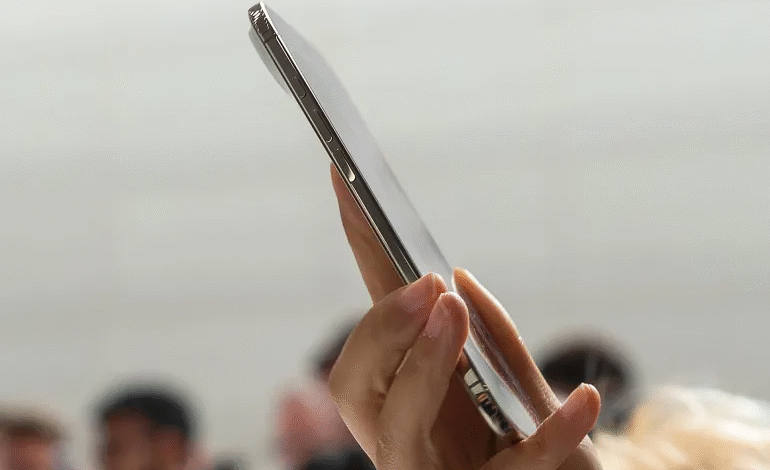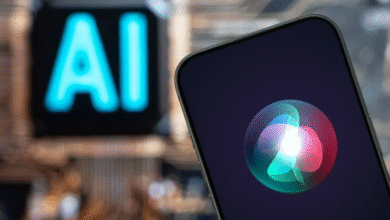Apple Unveils the Ultra-Thin iPhone Air: Innovative Design and Calculated Trade-Offs

At its annual conference, Apple unveiled the new generation of iPhones, introducing a completely new model called the iPhone Air, which is the thinnest iPhone in the company’s history, measuring just 5.6 mm in thickness.
The device features a highly innovative design, with a single camera lens containing two sensors, prioritizing extreme thinness. While other companies, including Samsung with its Galaxy S25 Edge and Galaxy Z Fold 7, as well as several Chinese brands, have released ultra-thin phones, the iPhone Air has already generated significant media and public attention, partly due to Apple’s global influence and brand prestige.
Why Other Companies Follow Apple
Apple enjoys a strong market position and loyal user base, with a 27% share of global smartphone sales, compared to 22% for Samsung. This dominance sets a standard for the industry, making Apple’s design choices highly influential.
Past examples include removing the headphone jack in 2016 with the iPhone 7, introducing the notch with iPhone X in 2017, and eliminating the charger with iPhone 12 in 2020. Similarly, if the iPhone Air succeeds commercially, it could inspire a wave of ultra-thin phones across the industry.
Is the iPhone Air the First Ultra-Thin Phone?
The iPhone Air is not the first ultra-thin phone globally, despite being Apple’s thinnest device. Earlier examples include the Vivo X5 Max (2014) at 4.85 mm, Techno Spark Slim (2025) at 5.93 mm, ZTE Nubia Air (2025) at 5.9 mm, and Honor 200 Lite at 6.8 mm, along with modern foldable phones ranging between 5.5 and 6 mm when open or closed.
Sacrifices Made for Ultra-Thin Design
To achieve this exceptionally slim form factor, Apple made several deliberate trade-offs:
- Smaller battery capacity compared to the iPhone 13 and other contemporaneous models.
- Replacing the second rear camera with an additional sensor inside a single lens.
- Using a lower-power communication chip, which reduces battery consumption but limits low-band 5G connectivity.
- Eliminating the physical SIM tray in favor of an eSIM.
- Single speaker and microphone configuration to save internal space.
Apple’s Design Philosophy
Apple continues to follow Steve Jobs’ product design philosophy, which prioritizes optimal user experience over aesthetics alone. The iPhone Air is designed for users who prefer a comfortable, practical device rather than extreme performance, advanced cameras, or large-capacity batteries.
Ultimately, the success of the iPhone Air will be judged by sales and user reactions, which will determine whether other manufacturers adopt similar ultra-thin designs in the near future.








